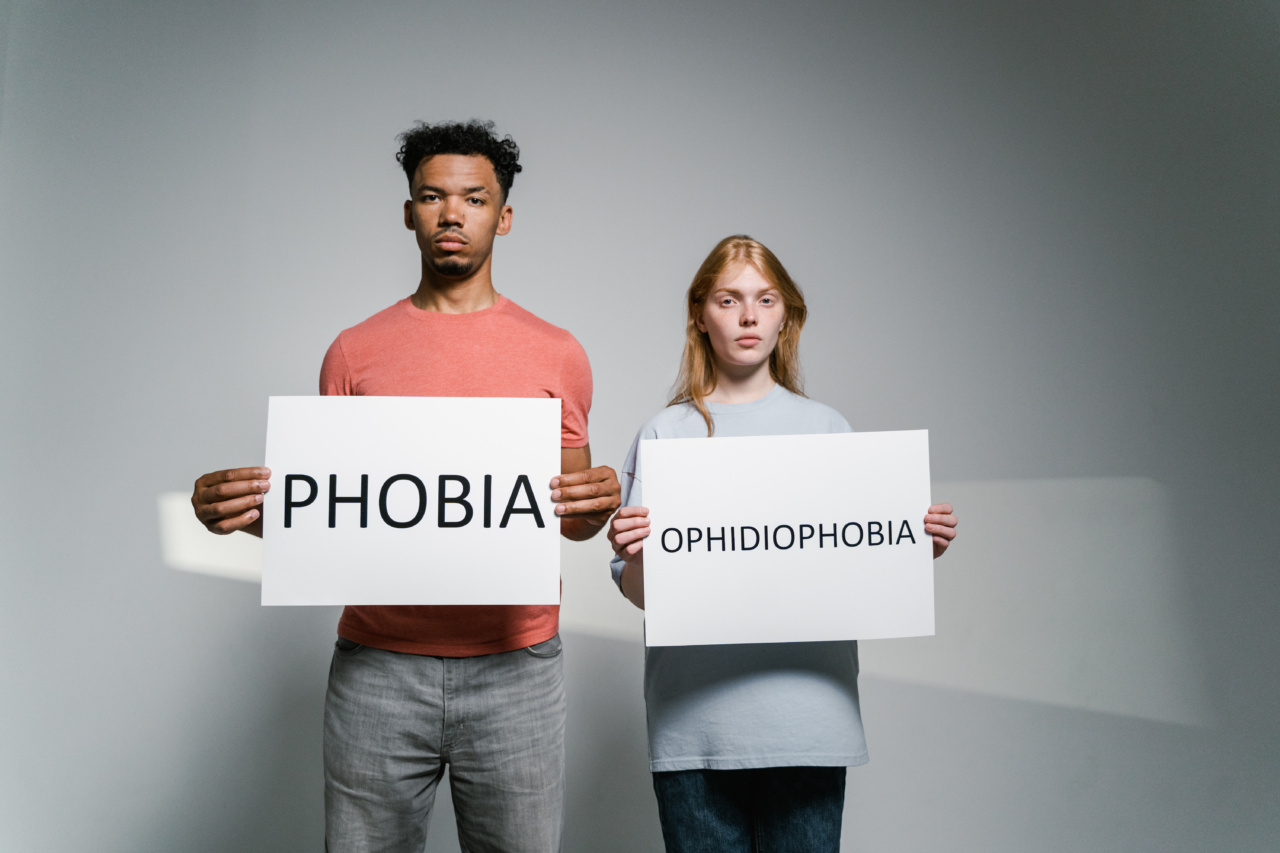Anxiety is a normal human emotion that most people experience from time to time. However, for some individuals, anxiety becomes a persistent and overwhelming presence in their daily lives, interfering with their ability to function and enjoy life.
In such cases, anxiety may be classified as a disorder.
Anxiety disorders are the most common mental health conditions worldwide, affecting millions of people. They can manifest in different ways and vary in severity, but all share the common characteristic of excessive and uncontrollable worry or fear.
If you suspect that your anxiety might be more than just a passing feeling, here are ten telltale signs that your anxiety may be a disorder:.
1. Excessive and persistent worry
Individuals with anxiety disorders often experience excessive worry or fear that goes beyond what is considered normal or reasonable. This worry is persistent and may be difficult to control, leading to feelings of restlessness and irritability.
2. Inability to relax
People with anxiety disorders often find it difficult to relax, even in situations that would typically be enjoyable or calming. They may feel constantly on edge or in a state of heightened alertness, anticipating potential threats or dangers.
3. Physical symptoms
Anxiety disorders can manifest in various physical symptoms, such as rapid heart rate, shallow breathing, trembling, sweating, or gastrointestinal issues.
These symptoms can be distressing and may even mimic the signs of a heart attack or other serious medical conditions.
4. Avoidance behavior
Individuals with anxiety disorders may engage in avoidance behaviors to cope with their anxiety. They may avoid situations or activities that trigger their anxiety, leading to limitations in their daily lives and social interactions.
5. Sleep disturbances
Anxiety disorders can significantly impact sleep patterns. People with anxiety often have difficulty falling asleep, staying asleep, or experience restless and disturbed sleep.
This can lead to fatigue, decreased concentration, and irritability during the day.
6. Muscle tension
Chronic anxiety can cause persistent muscle tension and physical discomfort. Individuals with anxiety disorders may experience headaches, jaw tension, back pain, and other physical symptoms related to muscle tension.
7. Irrational fears and phobias
Anxiety disorders often involve irrational fears and phobias, which can be specific (e.g., fear of flying or heights) or generalized (e.g., fear of social interactions or public places).
These fears can significantly impact one’s quality of life and may lead to avoidance behaviors.
8. Difficulty concentrating
Anxiety can make it challenging to concentrate and focus on tasks. People with anxiety disorders may find their thoughts racing or feel easily distracted, making it difficult for them to perform well at work, school, or other daily activities.
9. Feelings of dread
Individuals with anxiety disorders often experience a persistent sense of dread or impending doom, even when there is no immediate threat or danger present.
They may constantly anticipate the worst-case scenarios and be unable to shake off these negative thoughts.
10. Impact on relationships
Lastly, anxiety disorders can put significant strain on relationships. Constant worry, irritability, and avoidance behaviors can make it challenging to maintain healthy and fulfilling connections with friends, family, and romantic partners.
If you identify with several of these signs, it might be worth considering seeking professional help. A mental health professional can evaluate your symptoms and provide an accurate diagnosis.
Remember, anxiety disorders are treatable, and seeking help is a sign of strength.































